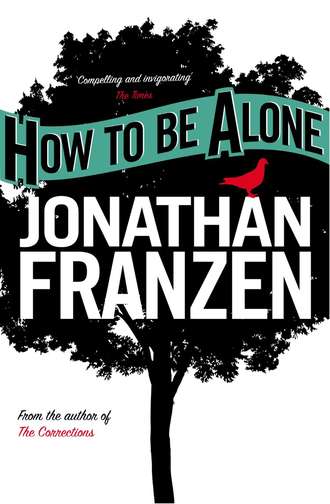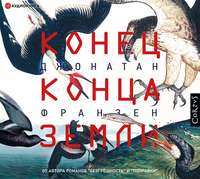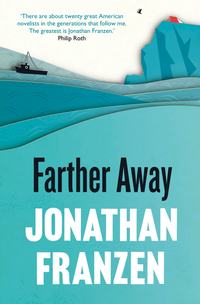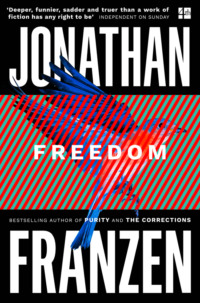
Полная версия
How to be Alone
I resist, finally, the notion of literature as a noble higher calling, because elitism doesn’t sit well with my American nature, and because even if my belief in mystery didn’t incline me to distrust feelings of superiority, my belief in manners would make it difficult for me to explain to my brother, who is a fan of Michael Crichton, that the work I’m doing is simply better than Crichton’s. Not even the French poststructuralists, with their philosophically unassailable celebration of the “pleasure of the text,” can help me out here, because I know that no matter how metaphorically rich and linguistically sophisticated Desperate Characters is, what I experienced when I first read it was not some erotically joyous lateral slide of endless associations, but something coherent and deadly pertinent. I know there’s a reason I loved reading and loved writing. But every apology and every defense seems to dissolve in the sugar water of contemporary culture, and before long it becomes difficult indeed to get out of bed in the morning.
TWO QUICK GENERALIZATIONS about novelists: we don’t like to poke too deeply into the question of audience, and we don’t like the social sciences. How awkward, then, that for me the beacon in the murk—the person who inadvertently did the most to get me back on track as a writer—should have been a social scientist who was studying the audience for serious fiction in America.
Shirley Brice Heath is a MacArthur Fellow, a linguistic anthropologist, and a professor of English and linguistics at Stanford; she’s a stylish, twiggy, white-haired lady with no discernible tolerance for small talk. Throughout the eighties, Heath haunted what she calls “enforced transition zones”—places where people are held captive without recourse to television or other comforting pursuits. She rode public transportation in twenty-seven different cities. She lurked in airports (at least before the arrival of CNN). She took her notebook into bookstores and seaside resorts. Whenever she saw people reading or buying “substantive works of fiction” (meaning, roughly, trade-paperback fiction), she asked for a few minutes of their time. She visited summer writers’ conferences and creative-writing programs to grill ephebes. She interviewed novelists. Three years ago she interviewed me, and last summer I had lunch with her in Palo Alto.
Конец ознакомительного фрагмента.
Текст предоставлен ООО «ЛитРес».
Прочитайте эту книгу целиком, купив полную легальную версию на ЛитРес.
Безопасно оплатить книгу можно банковской картой Visa, MasterCard, Maestro, со счета мобильного телефона, с платежного терминала, в салоне МТС или Связной, через PayPal, WebMoney, Яндекс.Деньги, QIWI Кошелек, бонусными картами или другим удобным Вам способом.








